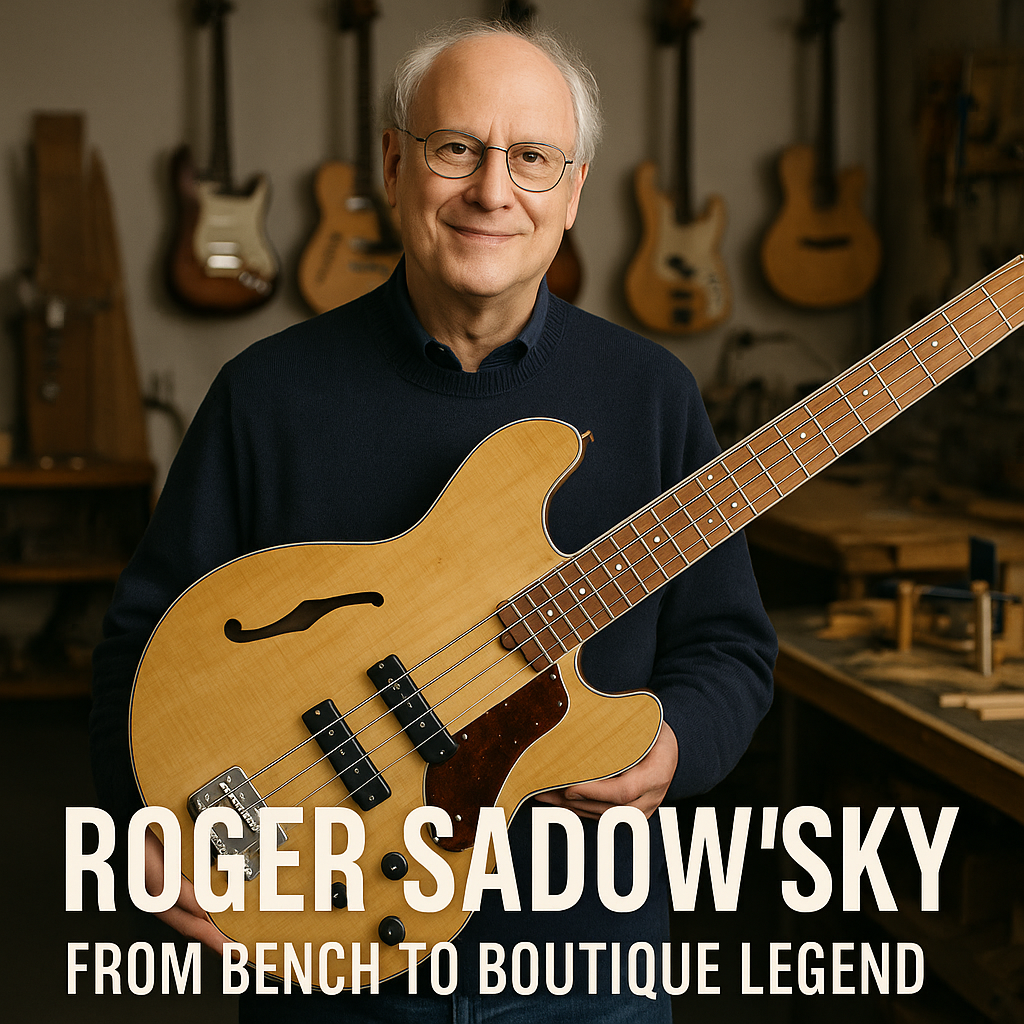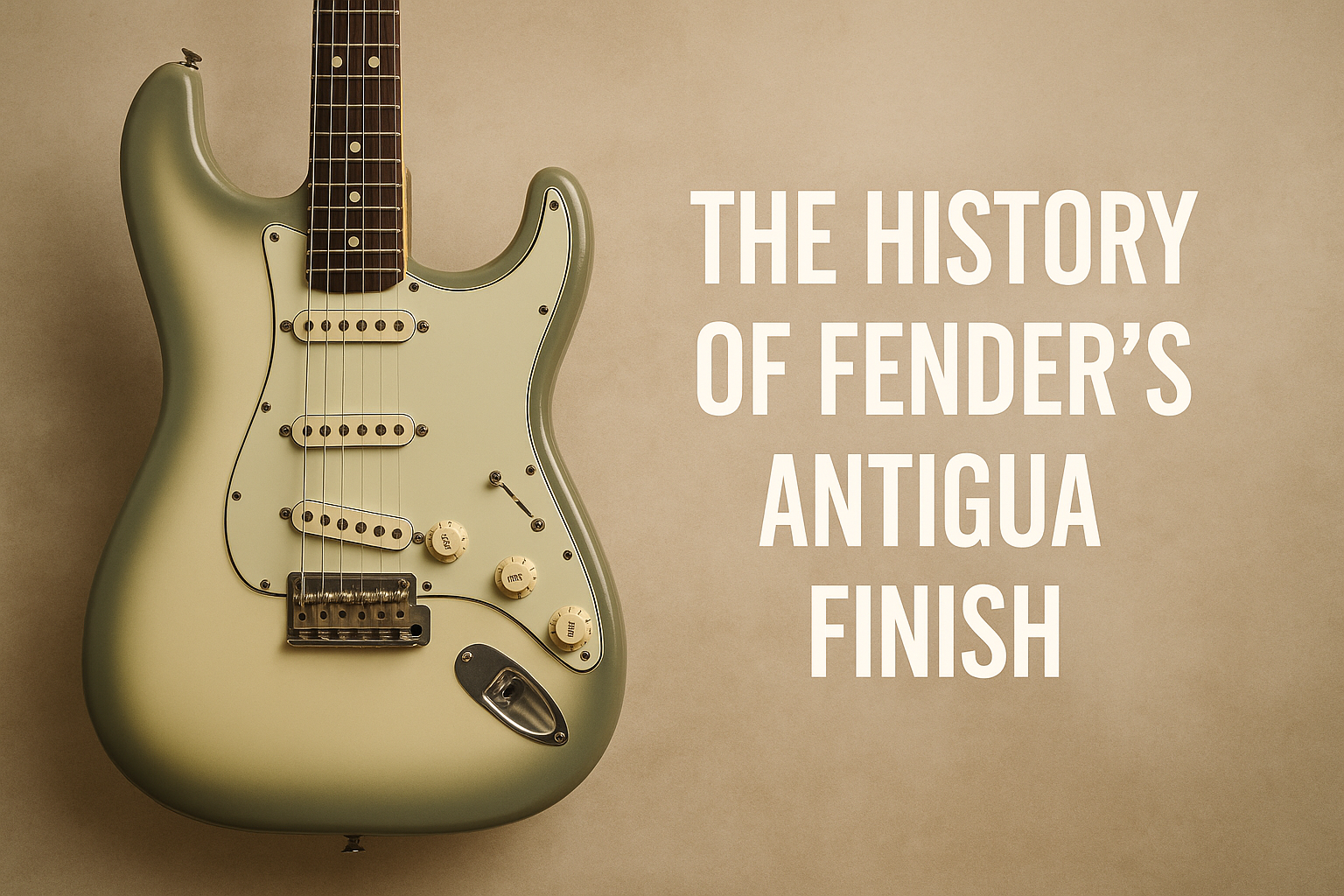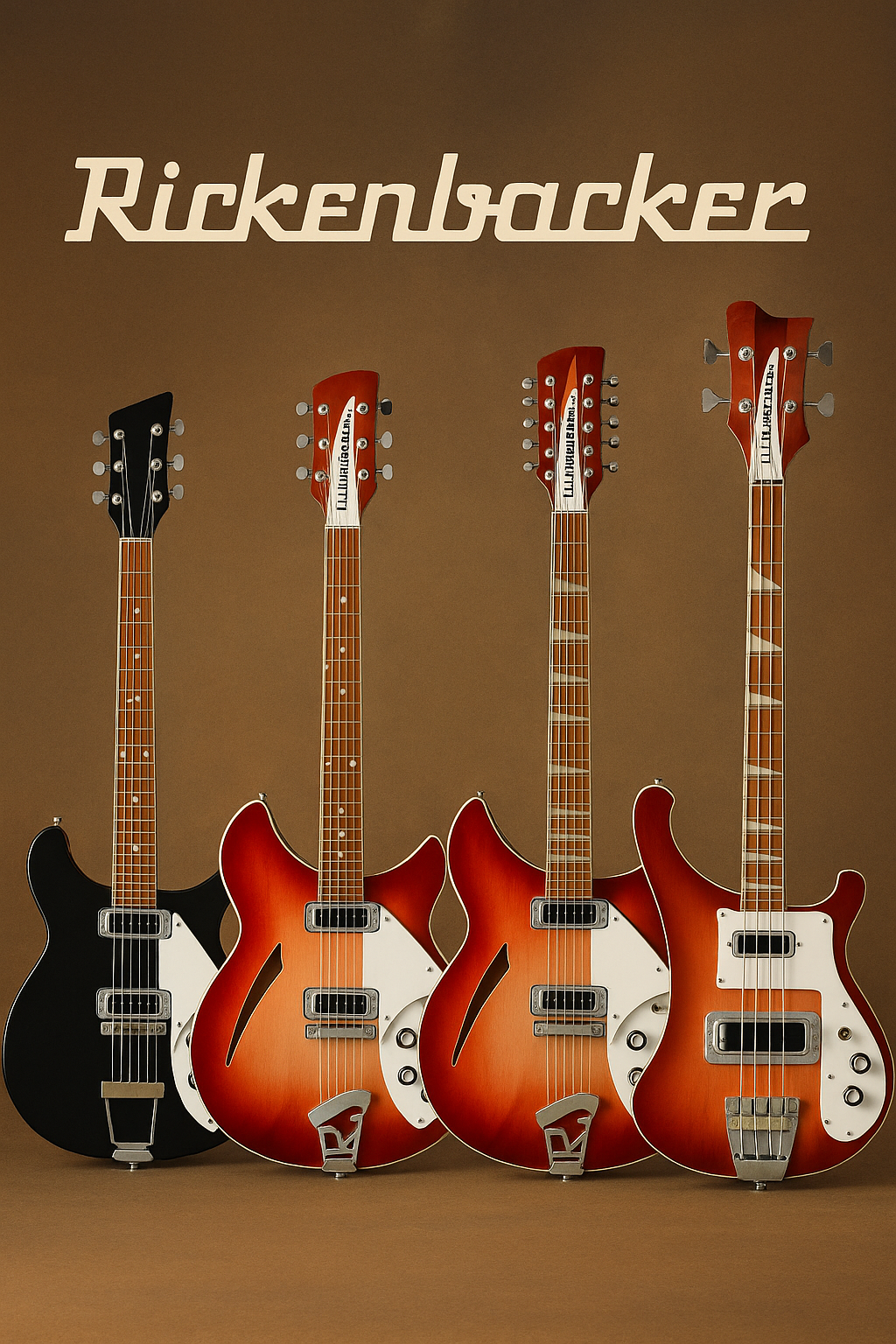A Sunburst Beginning
When Leo Fender introduced the Broadcaster in 1950 (soon to be renamed the Telecaster), it came in a practical, transparent blonde finish. This wasn’t just an aesthetic choice—it made sense for the ash bodies Fender was using at the time. With the launch of the Stratocaster in 1954, Fender began offering two-tone sunburst as standard, and the look quickly became iconic.
But there were early signs that Leo Fender and his team had more ambitious ideas when it came to finishes. Rumours and rare examples of custom-painted guitars—usually built for artists or dealers—emerged throughout the ’50s, often using automotive DuPont Duco lacquer paint. However, these were the exception, not the rule.
The First Glimpse of Colour: Late 1950s
By the late 1950s, Fender was taking note of the car culture sweeping California. Surfboards were being airbrushed, hot rods were racing down the coast, and electric guitars were finding their place in this visual and musical revolution. According to George Fullerton, one of Fender’s earliest employees, a red lacquer sample he mixed at a local paint shop in the late ’50s eventually became Fiesta Red, one of Fender’s most famous custom colours.
In 1956, Fender’s catalogue quietly noted that guitars could be ordered in “DuPont Duco colours of the player’s choice” for an extra 5%. It was the first official mention of custom colours—and a clue as to where things were headed.
1960: The Custom Colour Chart is Born
1960 marked a major milestone: Fender published its first formal Custom Colour Chart, listing 14 DuPont-based lacquer colours as optional finishes across several models, including the Stratocaster, Jazzmaster, and Precision Bass. The chart included:
-
Fiesta Red
-
Sonic Blue
-
Daphne Blue
-
Lake Placid Blue Metallic
-
Sherwood Green Metallic
-
Inca Silver Metallic
-
Shoreline Gold
-
Olympic White
-
Black
-
Burgundy Mist Metallic
-
Foam Green
-
Surf Green
-
Dakota Red
-
Shell Pink
These shades were all pulled directly from contemporary car paint codes—often from Cadillac, Buick, or Chevrolet—and sprayed using nitrocellulose lacquer.
Why Colours Mattered
At a glance, the custom colour initiative might have seemed like a visual gimmick, but it spoke to something deeper. Fender was aligning its instruments with the aesthetic of a generation: bright colours, bold lines, and a sense of motion. The guitars weren’t just instruments—they were part of the culture.
Custom colours gave artists the chance to stand out, and many touring musicians began ordering guitars in eye-catching hues. This helped differentiate Fender from its competitors, and created a design identity that remains influential today.
Mid-1960s Expansion and Evolution
By 1963, the Custom Colour chart was revised—Shell Pink was phased out, while Candy Apple Red was added, becoming one of the most requested finishes of the decade. In 1965, even more metallics joined the catalogue.
At this point, Fender was also starting to offer matching headstocks on some custom colour models, particularly on Jaguars and Jazzmasters. Though subtle, this detail became highly desirable among collectors and is still replicated in Custom Shop builds today.
However, it’s important to remember that these guitars were always a small percentage of total production. The vast majority of 1950s and early 1960s Fenders left the Fullerton factory in sunburst, blonde, or natural finishes. Custom colours remained a niche but coveted upgrade.
Rarity, Collectibility, and Legacy
Today, original custom colour Fender guitars from the 1950s and ’60s are among the most collectible electric guitars in existence. Because so few were ordered, and many were later stripped or refinished, surviving examples in original condition can fetch astronomical prices.
Certain colours—like Shell Pink, Burgundy Mist, and Foam Green—are exceptionally rare. And because Fender often sprayed custom colour finishes over sunburst stock to save time, checking for an original finish (vs. a later overspray or refin) has become an essential part of vintage authentication.
Beyond their rarity, these guitars continue to influence modern guitar aesthetics. Fender’s Custom Shop still faithfully recreates many of these shades today, often with period-correct matching headstocks and aged lacquer finishes.
Final Thoughts: A Painted Revolution
Fender’s custom colours weren’t just about looks. They signalled a broader shift—where guitars were no longer just tools but personal expressions of style, rebellion, and identity. The DuPont paint codes might have come from Cadillacs and Buicks, but once applied to a Stratocaster or Jazzmaster, they helped define a generation.
At Fat Bottom Guitars, we celebrate this legacy every time we encounter a vintage Fiesta Red Tele, a worn Sonic Blue Jazzmaster, or a reissue Strat that captures that mid-century charm. These colours tell a story—and like any good tone, they only get better with age.








